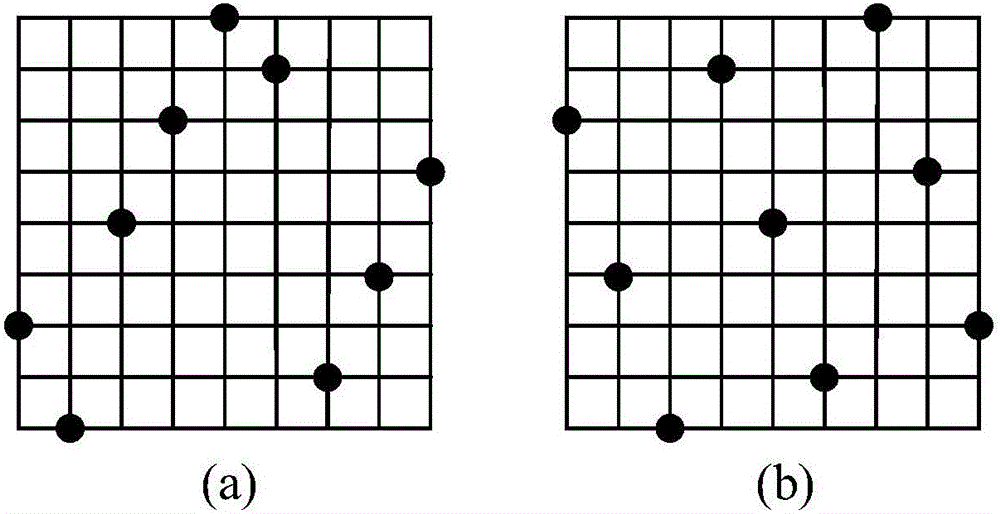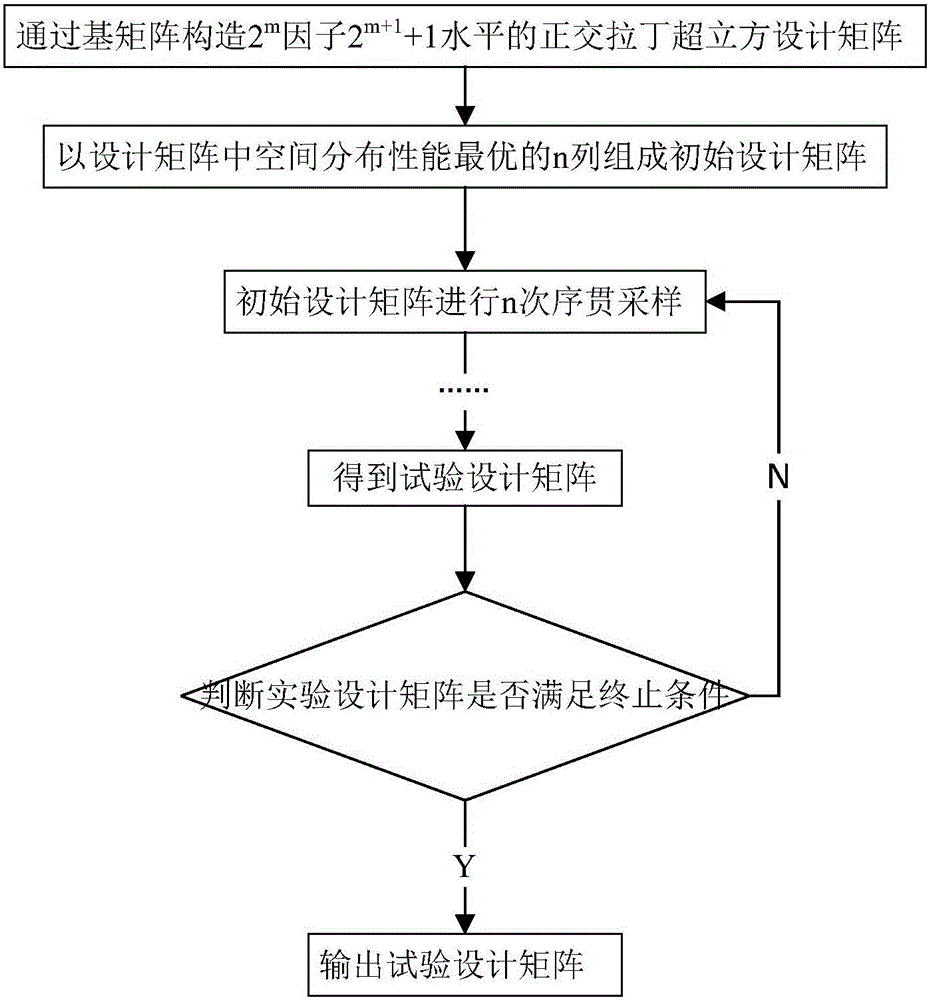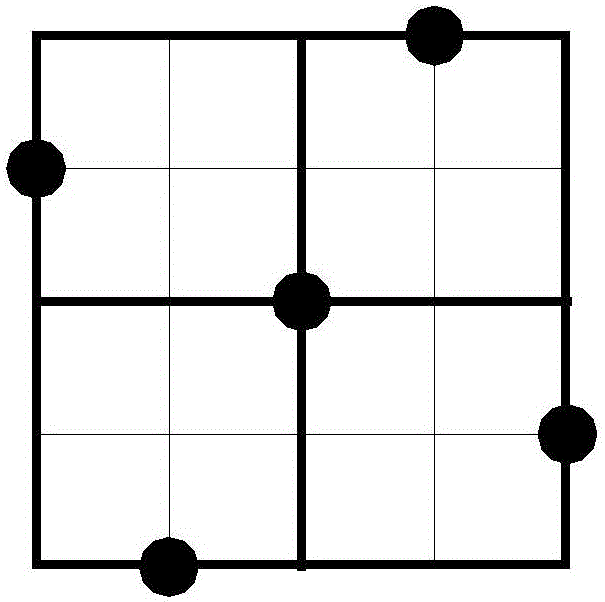Latin hypercube experiment design method based on sequential sampling
A Latin hypercube, experimental design technology, applied in computing, special data processing applications, instruments, etc., can solve the problems of difficulty in ensuring the uniformity of the spatial distribution of sampling points, high computational cost, and low LHS computational efficiency.
- Summary
- Abstract
- Description
- Claims
- Application Information
AI Technical Summary
Problems solved by technology
Method used
Image
Examples
Embodiment Construction
[0050] The accompanying drawings constituting a part of this application are used to provide further understanding of the present invention, and the schematic embodiments and descriptions of the present invention are used to explain the present invention, and do not constitute an improper limitation of the present invention.
[0051] In order to facilitate understanding, the principle is first described as follows: Firstly, the basis matrix is used to construct 2 m Factor 2 m+1 +1 Horizontal orthogonal Latin hypercube design, and then in the sequential sampling process, an optimization algorithm is introduced to improve the uniformity of the spatial distribution of the designed sampling points and improve the sampling accuracy. In addition, in the subsequent process of adding sampling points, the positions of the previous sampling points are fixed and do not participate in the optimization. Therefore, the complexity of optimization calculations can be greatly reduced, the ca...
PUM
 Login to View More
Login to View More Abstract
Description
Claims
Application Information
 Login to View More
Login to View More - R&D
- Intellectual Property
- Life Sciences
- Materials
- Tech Scout
- Unparalleled Data Quality
- Higher Quality Content
- 60% Fewer Hallucinations
Browse by: Latest US Patents, China's latest patents, Technical Efficacy Thesaurus, Application Domain, Technology Topic, Popular Technical Reports.
© 2025 PatSnap. All rights reserved.Legal|Privacy policy|Modern Slavery Act Transparency Statement|Sitemap|About US| Contact US: help@patsnap.com



